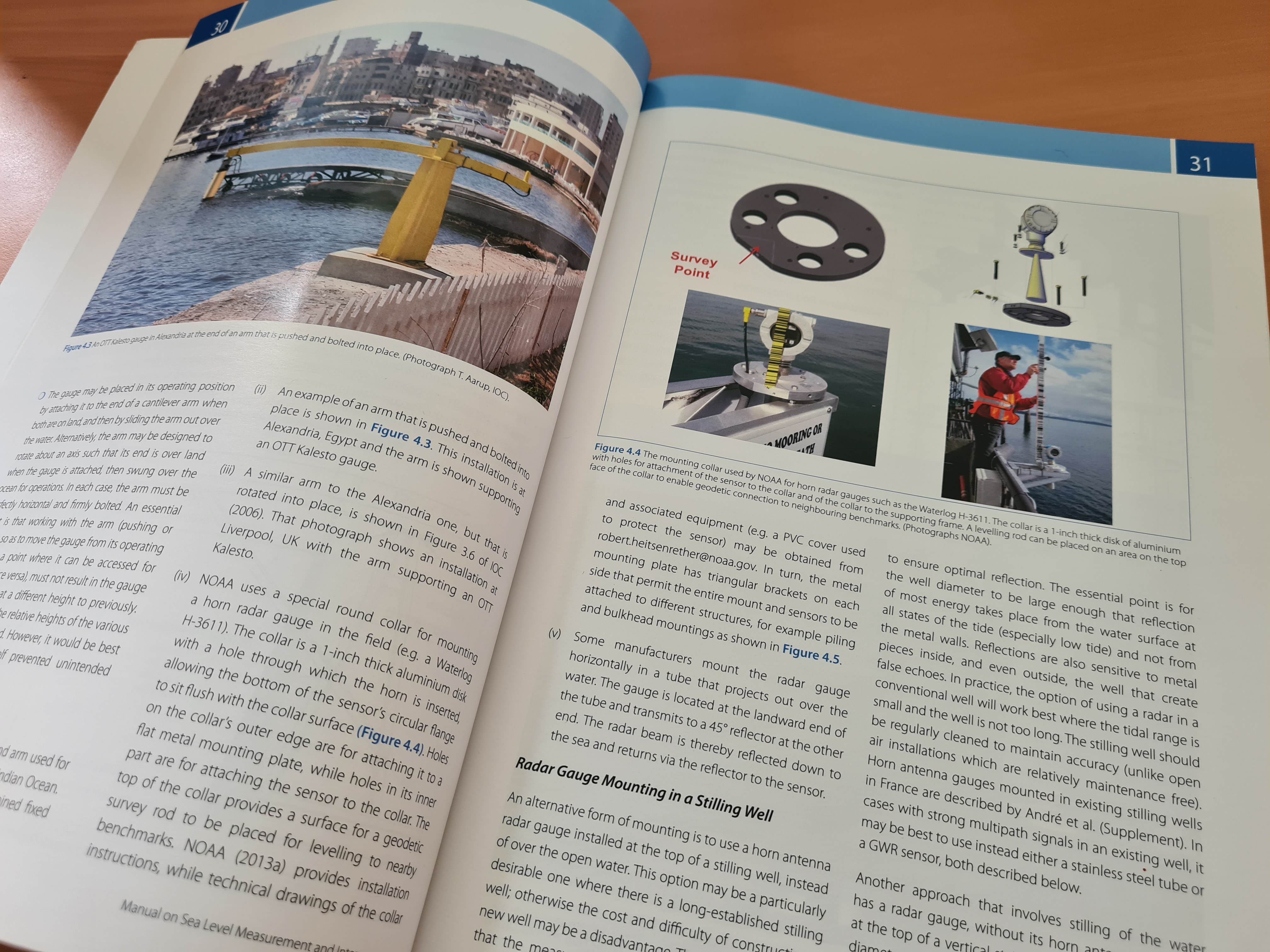
Filtrer les publications
Influence of biofouling on the mooring tension of the COAST-HF Iroise monitoring buoy
The COAST-HF_Marel-Iroise station is a scientific floating platform in the Ifremer in situ test site of Sainte Anne du Portzic equipped with various sensors to monitor the local metocean conditions (Trasch Martin, 2023). It provides a rich array of input data for field campaign on mooring line tension of this station, both with and without the presence of biofouling.
N. Russo, M.Träsch, K. Mehring, V. Perier, M. Répécaud
Date de sortie 12/2024
Date de sortie 12/2024
Ifremer - Brief by IUML n°6, OCEANEXT 2024
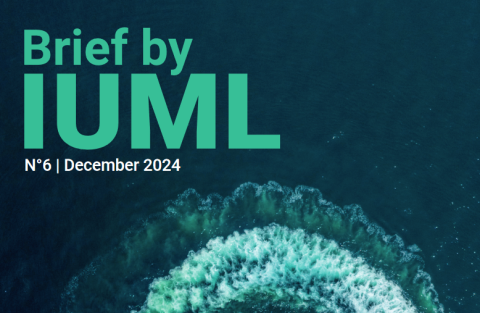
Le marégraphe de Marseille, origine des altitudes continentales françaises et vigie du changement climatique
Le marégraphe de Marseille est à la fois le bâtiment et l'appareil d'observation du niveau de la mer qu'il abrite. Créé en 1885 pour déterminer le niveau moyen de la mer formant l'origine des altitudes continentales françaises, il observe le niveau de la mer depuis cette époque. Classé monument historique et désormais complété d'instruments géophysiques modernes, il forme un observatoire dédié à la géodésie et aux sciences du changement climatique.
Jonathan Chenal
Date de sortie 01/11/2024
Date de sortie 01/11/2024
La Météorologie, 127, 43-49, 2024
Could old tide gauges help estimate past atmospheric variability?
The storm surge is the non-tidal component of coastal sea-level. It responds to the atmosphere both through the direct effect of atmospheric pressure on the sea-surface, and through Ekman transport induced by wind-stress. Tide gauges have been used to measure the sea-level in coastal cities for centuries, with many records dating back to the 19th-century or even further, at times when direct pressure observations were scarce.
P. Platzer, P. Tandeo, P. Ailliot, B. Chapron
Date de sortie 10/10/2024
Date de sortie 10/10/2024
EGU
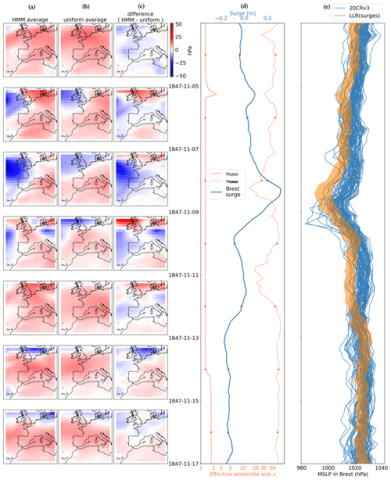
Forearc crustal faults as tsunami sources in the upper plate of the Lesser Antilles subduction zone: the case study of the Morne Piton fault system
In this study, alternatively to the megathrust, we identify upper-plate normal faults orthogonal to the trench as a possible tsunami source along the Lesser Antilles subduction zone. The Morne Piton fault system is such a trench-perpendicular upper crustal fault at the latitude of Guadeloupe.
M. Philippon, J. Roger, J.-F. Lebrun, I. Thinon, O. Foix, S. Mazzotti, M.-A. Gutscher, L. Montheil, J.-J. Cornée
Date de sortie 19/09/2024
Date de sortie 19/09/2024
NHESS
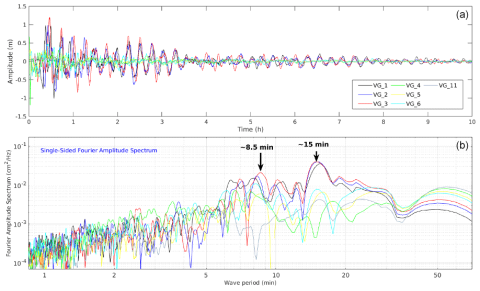
A systemic and comprehensive assessment of coastal hazard changes: method and application to France and its overseas territories
In the context of climate change, height and frequency variations in extreme sea levels (ESLs) are studied using deterministic and probabilistic approaches. However, this type of approach does not highlight the dynamic effects (waves, currents) generated by metocean events (storms, cyclones, long swells, and tsunamis) beyond their effects on sea levels. In particular, ESL estimates are calculated by considering the main determining physical factors but cannot include all the effects of these factors. Ultimately, this can lead to confusion between ESL and hazard.
M. Igigabel, M. Yates, M. Vousdoukas, Y. Diab
Date de sortie 12/06/2024
Date de sortie 12/06/2024
NHESS
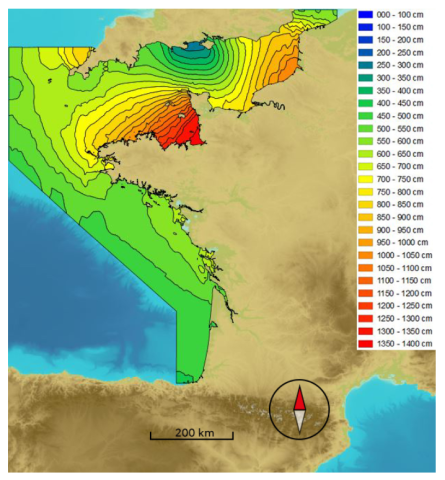
A composite approach to document a century of overwash events in a high tide environment of southern Brittany, France
Understanding and precisely dating the sedimentological imprint of storm-induced back-barrier washover deposits is challenging, even more so in macro-tidal environments. Indeed, in such a situation, significant storms may not lead to any washover deposits, for instance if they occurred during low tide. To tackle this challenge, we propose a method based on crossing sedimentology, historical impacts from archives and weather-marine data, together with dating, statistics and modeling technique.
P. Pouzet, D. Idier
Date de sortie 03/2024
Date de sortie 03/2024
Estuarine, Coastal and Shelf Science, volume 298
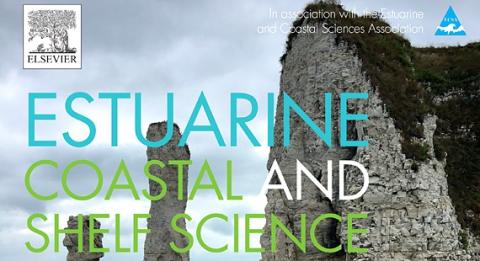
Monitoring absolute vertical land motions and absolute sea-level changes from GPS and tide gauges data over French Polynesia
In this study, we estimate the absolute vertical land motions at three tidal stations with collocated Global Navigation Satellite System (GNSS) receivers over French Polynesia during the period 2007–2020, and obtain, as ancillary results, estimates of the absolute changes in sea level at the same locations. To verify our processing approach to determining vertical motion, we first modeled vertical motion at the International GNSS Service (IGS) THTI station located in the capital island of Tahiti and compared our estimate with previous independent determinations, with a good agreement.
X. Li, J.-P. Barriot, B. Ducarme, M. Hopuare, Y. Lou
Date de sortie 01/2024
Date de sortie 01/2024
Geodesy and Geodynamics, volume 15
![The five archipelagoes in French Polynesia. The locations of the five geodetic TGs are shown as orange point. (Figure is taken from J.P. Barriot et al. [5].).](/sites/default/files/styles/large/public/2025-01/polynesia2.jpg?itok=RIpjQEAg)
Extension of a high temporal resolution sea level time series at Socoa (Saint-Jean-de-Luz, France) back to 1875
In this data paper, the sea level time series at Socoa (Saint-Jean-de-Luz, southwestern France) is extended through a data archaeology exercise. We conducted a comprehensive study of national and local archives to catalogue water level records stored in ledgers (handwritten record books) and charts (marigrams from mechanical float gauges), along with other associated documents (metadata). A dedicated effort was undertaken to preserve more than 2000 documents by archiving them in digital formats.
M. J. U. Khan, I. Van Den Beld, G. Wöppelmann, L. Testut, A. Latapy, N. Pouvreau
Date de sortie 18/12/2023
Date de sortie 18/12/2023
ESSD

Chronic flooding events due to sea‑level rise in French Guiana
As sea levels are rising, the number of chronic flooding events at high tide is increasing across the world coastlines. Yet, many events reported so far either lack observational evidence of flooding, or relate to coastal areas where ground subsidence or oceanic processes often enhance climate change-induced sea-level rise (SLR). Here we present observational and modelling evidence of high-tide flooding events that are unlikely to occur without SLR in French Guiana, where sea-level rise rates are close to the global average and where there is no significant ground subsidence.
Rémi Thiéblemont, Gonéri Le Cozannet, Maurizio D’Anna, Déborah Idier, Ali Belmadani, Aimée B. A. Slangen & François Longueville
Date de sortie 07/12/2023
Date de sortie 07/12/2023
Scientific reports